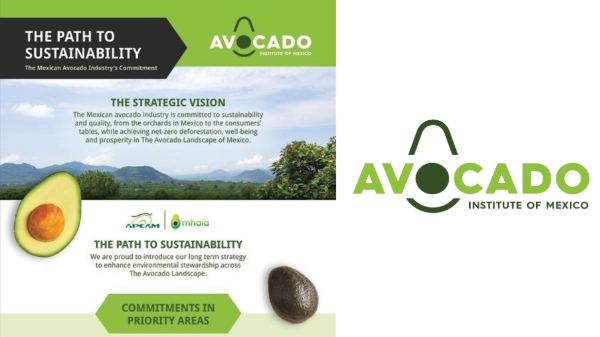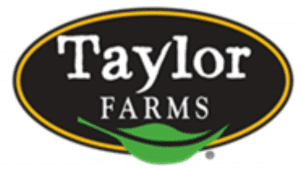Welcome to Blue Book!
Are you ready to join the thousands of companies who rely on Blue Book to drive smarter decisions? View our plans and get started today!
Still have questions? We’d love to show you what Blue Book can do for you. Drop us a line– we’ve been waiting for you.
Under the Guides, any business making an express or implied claim that presents an objective assertion about the environmental attribute of a product, package, or service must possess and rely upon a reasonable basis for substantiating the claim at the time the claim is made.
In the context of environmental marketing claims, “substantiation” requires competent and reliable scientific evidence defined as tests, analysis, research, studies, or other evidence based on the expertise of professionals in the relevant area, conducted and evaluated in an objective manner by persons qualified to do so, using procedures generally accepted in the profession to yield accurate and reliable results.
Information obtained while fulfilling substantiation requirements will move the dial forward on the packaging industry’s efforts to increase food safety.
Understanding the environmental impact tied to specific claims will also, necessarily, reveal packaging attributes that may have unintended food safety consequences—like the unexpected mineral oil contamination of packaging made from recycled newspaper printed with mineral oil-based inks.
The Green Guides and Class Action Lawsuits
Manufacturers have seen an explosion of consumer class actions based on labeling or packaging claims and, as a result, cannot help but wonder what impact the Green Guide will have on this kind of litigation.
While not providing a guarantee, recent litigation suggests that complying with the Guides can give food and packaging manufacturers a significant weapon for avoiding, managing, and winning consumer litigation based on claims of deceptive environmental package labeling.
For example, a false labeling case against Coca-Cola over the name and label of its “Pom Wonderful” pomegranate juice ultimately failed because the company had complied with U.S. Food and Drug Administration (FDA) regulations regarding flavored juice blends.
The plaintiffs in the case claimed the name and labeling of the product created a false impression to consumers that the product is mostly pomegranate and blueberry juice but that, in reality, the product is a blend of juices that only contains small amounts of the named juices.
The Ninth Circuit Court of Appeals, however, found that Coca-Cola could not be sued because it had followed FDA guidelines. Further, the Ninth Circuit said courts “must generally prevent parties from undermining, through private litigation, the FDA’s considered judgments,” and noted the courts lacked the FDA’s expertise in “guarding against deception in the context of juice beverage labeling.”
Though the Green Guides do not share the mandatory nature of FDA regulations, the same reasoning regarding the role of compliance may find favor in defending against environmental claims on food packaging. By the same token, companies that do not heed the advice of the Guides could find this federal guidance used against them.








